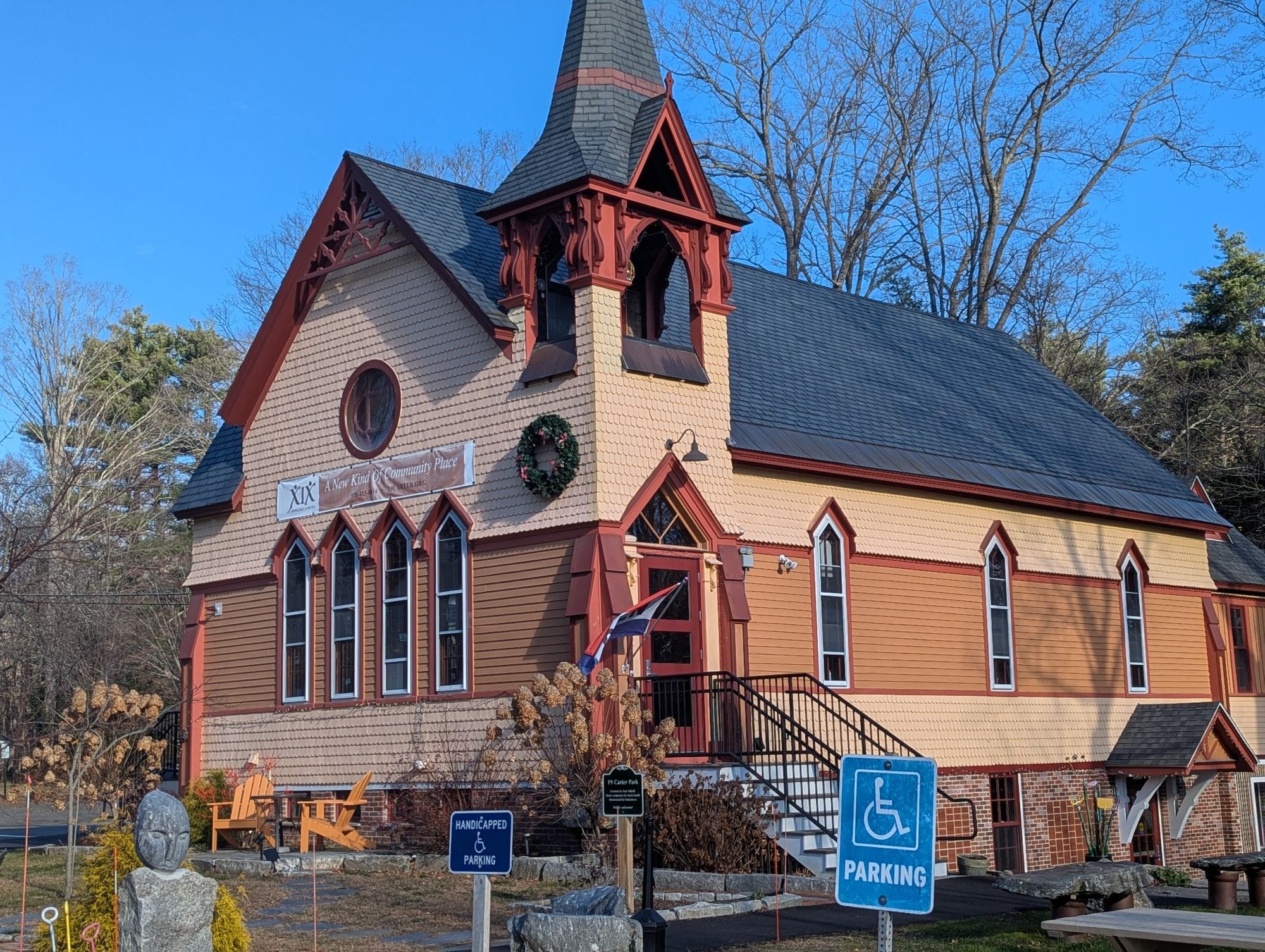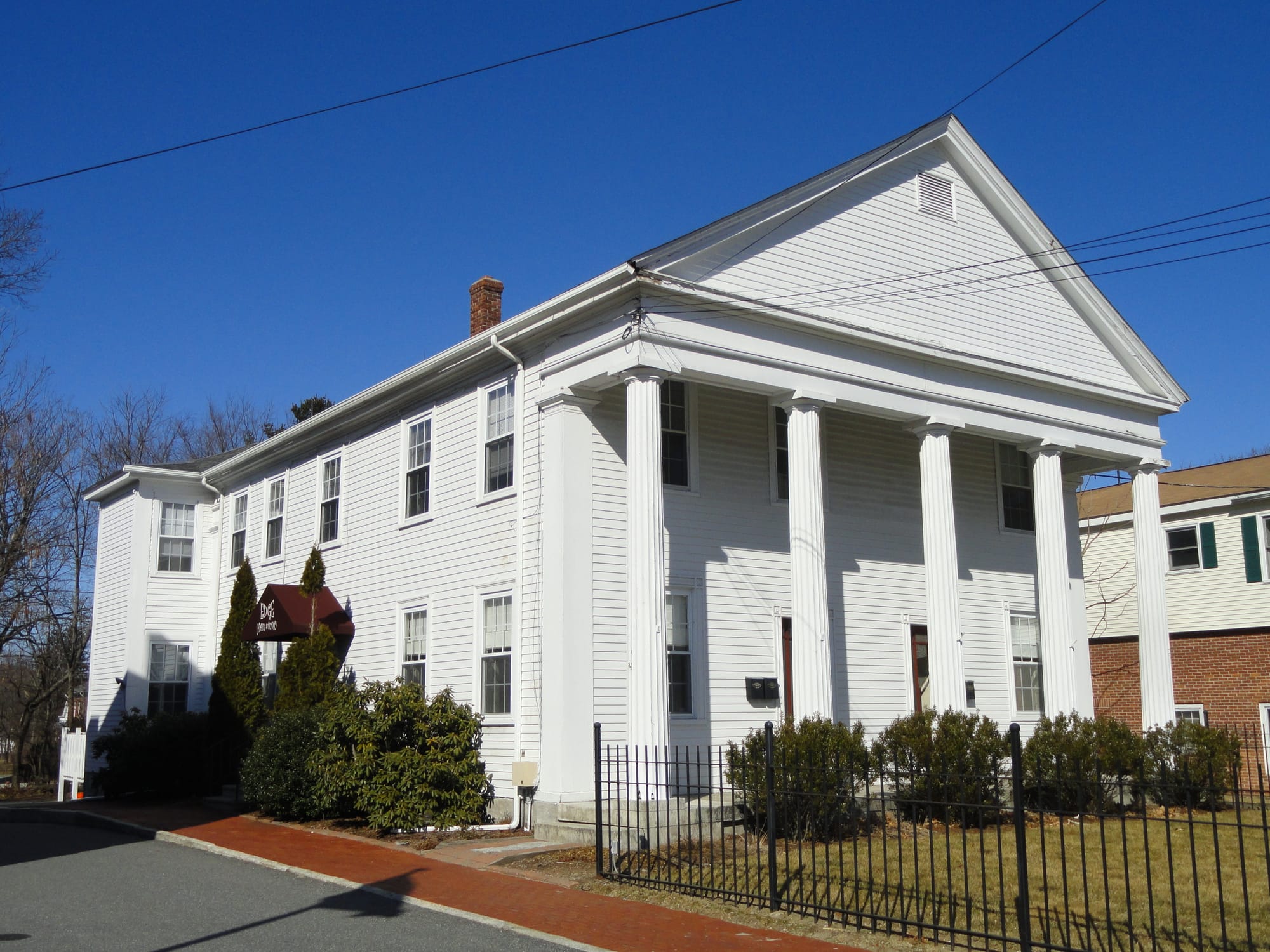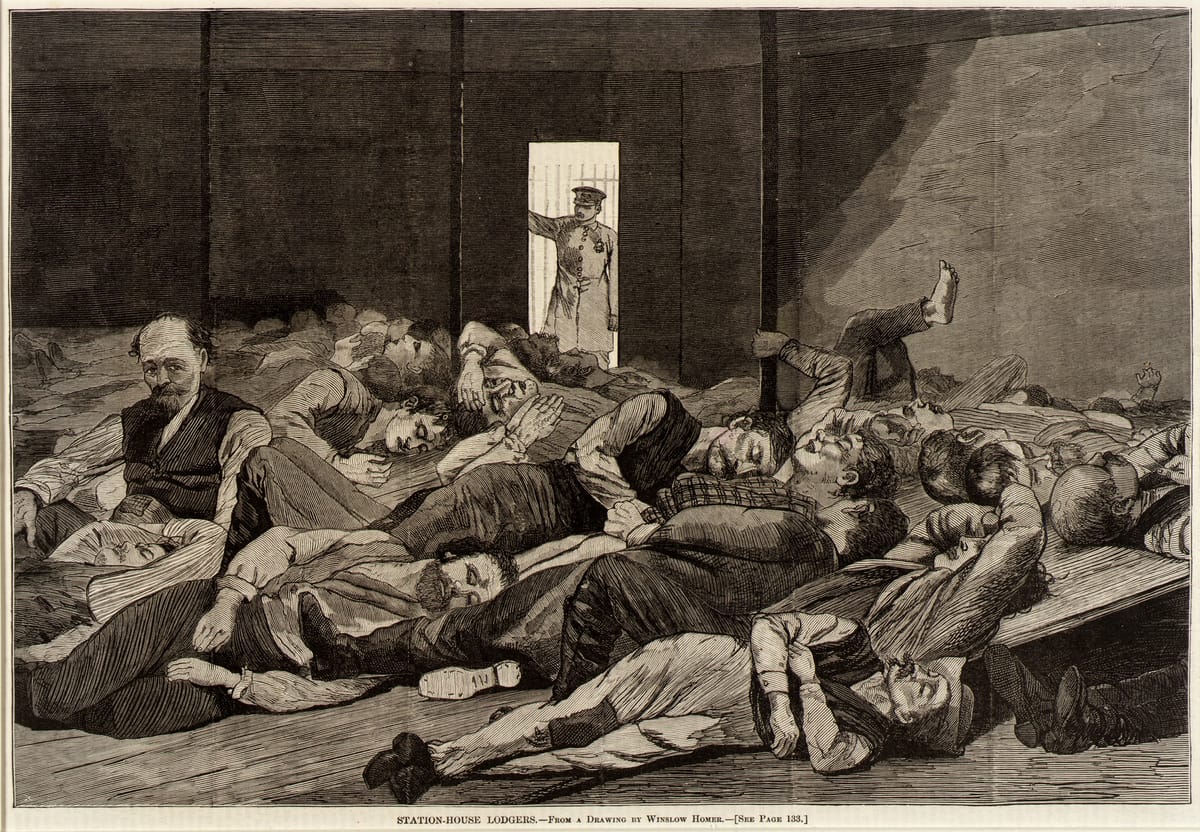I have a lot of interconnected thoughts about a fairly important topic in town, and I promise it will all make sense in the end.
In 2023, the Surgeon General released a report on "Our Epidemic of Loneliness and Isolation." The subheader, which referred to it as an advisory report "on the Healing Effects of Social Connection and Community," acknowledged what many of us were already aware of: loneliness is killing us.
Our relationships and interactions with family, friends, colleagues, and neighbors are just some of what create social connection. Our connection with others and our community is also informed by our neighborhoods, digital environments, schools, and workplaces. Social connection—the structure, function, and quality of our relationships with others—is a critical and underappreciated contributor to individual and population health, community safety, resilience, and prosperity. However, far too many Americans lack social connection in one or more ways, compromising these benefits and leading to poor health and other negative outcomes.
People may lack social connection in a variety of ways, though it is often illustrated in scientific research by measuring loneliness and social isolation. Social isolation and loneliness are related, but they are not the same. Social isolation is objectively having few social relationships, social roles, group memberships, and infrequent social interaction. On the other hand, loneliness is a subjective internal state. It’s the distressing experience that results from perceived isolation or unmet need between an individual’s preferred and actual experience.
The lack of social connection poses a significant risk for individual health and longevity. Loneliness and social isolation increase the risk for premature death by 26% and 29% respectively. More broadly, lacking social connection can increase the risk for premature death as much as smoking up to 15 cigarettes a day. In addition, poor or insufficient social connection is associated with increased risk of disease, including a 29% increased risk of heart disease and a 32% increased risk of stroke. Furthermore, it is associated with increased risk for anxiety, depression, and dementia. Additionally, the lack of social connection may increase susceptibility to viruses and respiratory illness.
Lest you believe this is just another deep state missive from the federal bureaucracy, The Boston Globe was talking about it in 2017 as one of the most pressing public health issues for men. It's a real problem, and one that you really only know if you're in the thick of it - COVID made it much easier to just... not interact anymore, and in communities like Millbury that have a lot of upper-middle class workers prone to a more remote employment opportunity, the issue gets magnified.
Long story short? It's a problem.

Around Thanksgiving last year, I was part of a storytelling event in Berlin, MA's 19Carter. The spot is a gorgeous little converted church a stone's throw from the Solomon Pond Mall, and features all sorts of little nooks and crannies that were simply lovely small town quirks.
A group of people from the Berlin community started a nonprofit organization to rescue the old church, and over the course of nearly a decade, raised the necessary funds to modernize the building and they now play host to not only a bunch of regular and one-off events, but are open more than 60 hours a week for people to simply exist.
The event in question was in the afternoon, and while I anticipated wandering around the area a bit, I actually ended up spending most of the hours prior in the space itself – what I thought would be a casual couple of quiet hours ended up being a bustling little midday where I talked to a bunch of people ranging from young folks in their early 20s to elderly townies closing in on 80. Everyone was welcome, everyone was happy to be there, and no one had to pay a dime to be part of the moment.
Today, 19Carter subsists primarily on community donations, grants, and ticketed events. When I heard that tickets for the storytelling session were $40, I was shocked by the price tag – that they sold nearly 50 tickets for it and with the front room packed with people of all stripes? It made me more hopeful than perhaps any other event I was part of last winter.

The woman who owns the Torrey House in Millbury at 122 Elm Street attempted to sell it in 2021. This was at the height of the high prices and low interest rates craziness of the housing market at the time, and this building – which I can personally attest to, having lived here in 2011 and 2012 – needs some work. Despite this, the market for it was estimated at nearly $800,000; probably closer to $700,000 today given the way the market has softened somewhat and with the massive hike in interest rates, and this is before acknowledging the role of DOGE- and tariff-led chaos in the marketplace.
My point here, however, is not political. I believe many of you will read this and say "wow, $800,000 is a lot of money," and others will say "wow, $800,000 might as well be nothing at all." And both of you will be right for certain reasons, and wrong for certain reasons. My point in highlighting this, however, is the fact that this prime piece of real estate on the major town throughway, with its three residential apartments and single commercial tenant, did not find a buyer. Granted, the building has significant historical provenance and all the things that go along with it, but that opportunity doesn't come up often.
And yet...

I spent an afternoon in Hardwick, Massachusetts back in February. I ended up across from the Gilbertville Stone Church, a historically significant landmark in the town originally completed in 1874. The church additionally houses a historically significant organ, of which only a few hundred were produced and even fewer survived.
Hardwick is a town of fewer than 3,000 people. Despite this, the Friends of the Stone Church were able to find enough people who loved the building and the history behind it, and have turned it into a central hub of culture in the community. They now regularly host showings of silent films with organ accompaniment, musical revues, and more, all alongside their continued preservation efforts paid for in part by state-level grants for both historical and cultural preservation.
Their board list reads as a collection of people from across professions, generations, and occupations. Most are from Hardwick proper, but many are from the surrounding communities and understand the need to stabilize and protect a landmark and provide the sort of third space that a small town lacks. It's the sort of labor of love you don't get to see very often anymore.

This brings us to the Millbury Fire Headquarters building. Chances are, if you've read this far, you are one of the people who knows that we have a new fire station in town and this old headquarters is... in rough shape. Built in 1947, most operations had to be moved out of the building before the completion of the new HQ up the road, as the second floor is not currently structurally sound, the right-hand-side wall facing the Torrey House is falling apart, and the roof is allegedly barely attached to the building at all.
Sometimes people will say things about a building along the lines of "well, it's got good bones." If the old Millbury Fire Headquarters has bones at all, they're in the advance stages of osteoporosis.
Still, there is value here. The site itself was granted to the town by Delia Torrey at the turn of the century – she previously owned the land from the Torrey House all the way to Waters Street – and the intention there, even 100 years back, was that this land be used in benefit for the town. It's why a fire headquarters made so much sense in the 1940s, the location and the benefit.
But we don't need this building as it is anymore. Fact remains that the new fire HQ will, if all goes well, outlive most of us reading this today. It has no value as it currently stands, because the building is basically condemned and needs a lot of support, literally and figuratively.
And yet...
Why have I spent 1,450 words on a variety of topics to get here? Well, here's the deal: coming sooner rather than later, the town is going to make a decision about what to do with this building and this plot of land moving forward. As of the time of my writing this (and I will update this with any documents that pop up as I receive them), it appears there will be a discussion at a coming Board of Selectmen meeting regarding this particular piece of Millbury, and I fear we're going to make a big mistake.
Put simply: the town lacks free, accessible public spaces, and this represents the best chance we have to fix it on someone else's dime while also providing the most beneficial fiscal outcome.
To wit:
- Land is an asset: The town retaining ownership over this plot of land, no matter what happens to the structure that sits upon it, is of benefit to us as a community. It helps us in a variety of ways, but more importantly, its value as an asset is far, far greater in the long run than any amount of tax revenue it may generate from a private owner.
- There is no chance the town recoups the value in a sale: The Torrey House, which needs work but not "re-attach the roof and make sure the walls don't fall down" work, couldn't sell for $800,000, and wouldn't sell for $700,000 now. A building like this, if sold to some unknown and as of now nonexistent private developer, would be paying pennies on the proverbial dollar to outright purchase it from us, and the property taxes would not make up that gap in our lifetimes. Not to mention that this is before we see the impacts of Trump's tariffs and the like on the housing market.
- If you hate modern apartment buildings, well...: Let's be crystal clear here: as allergic as Millbury is to housing growth, this area of town is already zoned residential, and likely to be zoned under the auspices of the MBTA Communities Act zoning rules, which means that the land in question here? If sold, it probably becomes as large a building as permissible with as many apartments as it can fit.
- Millbury is overdue for some state grants: We're more than 25 years out from getting money from the state for the library, and I don't recall us ever getting any grants from the state cultural organizations. Potential renovation money is out there and available if we want it.
My pitch to you, residents of Millbury? Let's keep the land. The bulk of the building may not be salvageable, but a lot of the exterior is, after all – what if, for example, a private group of citizens were allowed to lease the building with the intention of renovating, similar to 19Carter or the Stone Church? What if the land was granted to the Millbury Public Library and they were able to access state funds to create more modern meeting spaces without tapping into local tax dollars? What if we ramped up digitization efforts and moved Town Hall over to a smaller, modern footprint and allowed the Police Department to expand upwards?
Heck, what if we just found a way to make a community space that is available for people to use that isn't governed by limited library hours (like their community room) or requires a fee to use? What if there was a space out there where you don't have to buy a coffee or an ice cream to justify just existing in the space for a few hours? What potential use for this plot of land, this building, this exterior frame, is better for our community than the type of shared location that towns smaller and with fewer financial resources can sustain?
I don't know – The Armory Village Community Center has a pretty nice ring to it, don't you think?
Jeff Raymond is a 40-plus year resident of Millbury and loves the town even if it doesn't always love him back. He also writes at MassTransparency.org and can be reached at jeff.raymond@bramanvilletribune.com or Twitter/X (@jeffinmillbury) or BlueSky (@jeff.masstransparency.org)


Member discussion: